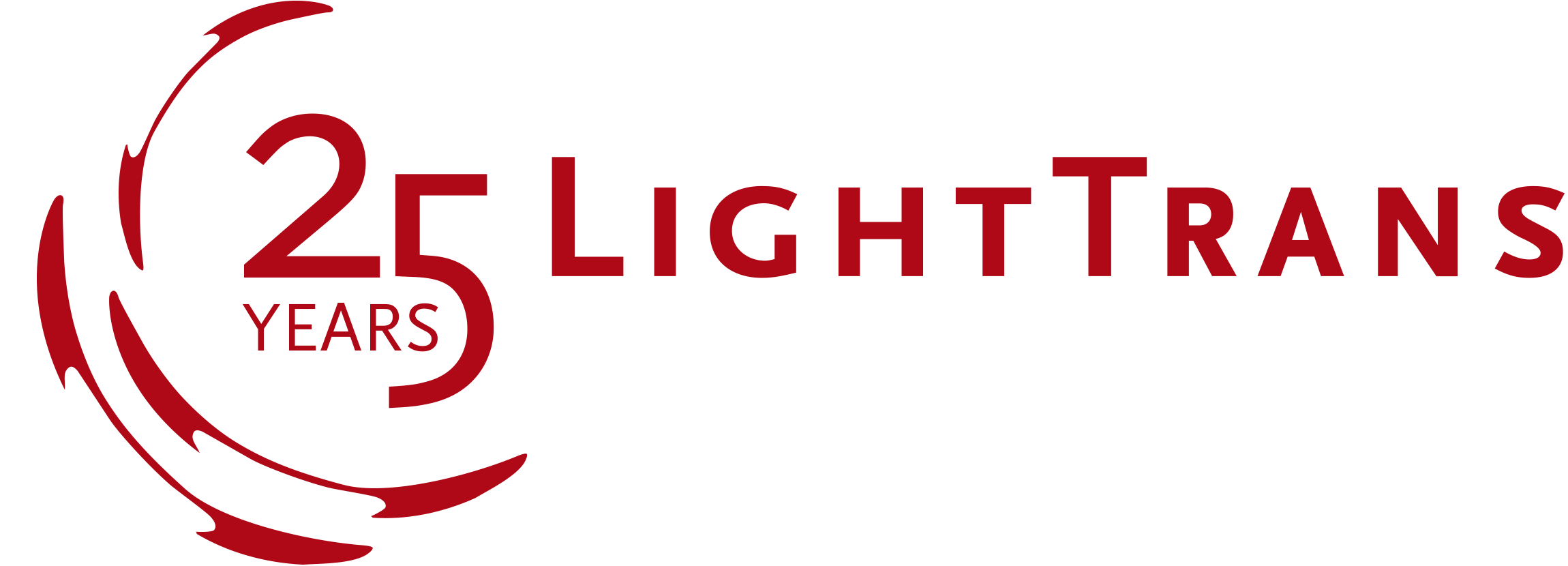[July 30, 2018]
It is vital in design to be able to include in your simulation not only those properties or components that play an intentional, wanted role in the system, but also, and with particular care, those effects which have the potential to interfere with its intended purpose, in order to quantify and, if possible, avoid them.
Below we show two examples of VirtualLab’s potential in this area: all thanks to its fast and accurate approach, and an interface that allows you both to import measured data (from, e.g., ANSYS) or to include the effects via readily available or customized mathematical models.
Read more
[July 30, 2018]
It is vital in design to be able to include in your simulation not only those properties or components that play an intentional, wanted role in the system, but also, and with particular care, those effects which have the potential to interfere with its intended purpose, in order to quantify and, if possible, avoid them.
Below we show two examples of VirtualLab’s potential in this area: all thanks to its fast and accurate approach, and an interface that allows you both to import measured data (from, e.g., ANSYS) or to include the effects via readily available or customized mathematical models.
Read more




